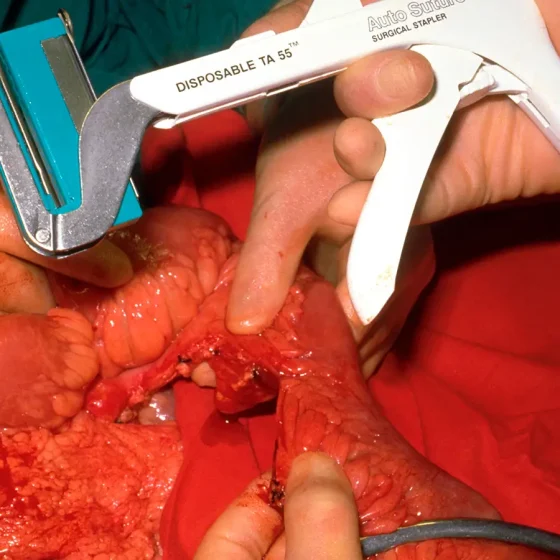Rural or remote mental health
Living and working in rural Australia can be a rewarding and challenging way of life. However, for many reasons it can be difficult to get help and support for mental health issues. Recognising when help and support is needed, either for yourself or for someone else, is very important. Your mental health is an important part of your overall health and wellbeing. You need good mental health to help you get through life’s challenges, to have healthy relationships with others and to enjoy life. If you live outside a major city, it can be hard to find help. You may have to be self-sufficient to live





